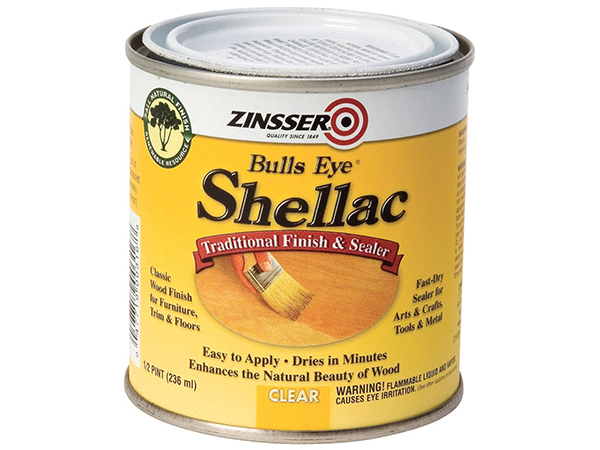
Recently I painted floors in some rental property with a Sherwin-Williams floor paint. I’m not happy with the finish at all, because footprints show too easily. Would a coat of shellac over this water-based paint do the trick? – Garry Meador
Tim Inman: Shellac for a floor finish would be the last thing I would recommend! Not only is it too brittle to stand up to the guff of floor service, it is also highly soluble in typical floor cleaning solutions that contain ammonia. Floor cleaning soaps and solutions will just wash it away. Shellac for the floor? No!
When I was a skinny college kid at Iowa State University – back in the last century – we were required to do research projects on finishes. We tested various finishes for suitability for different purposes. One of my experiments involved floor finishes. To do the test, we finished sample boards about the size of library cards (Oh my! Now that is a last-century illustration that won’t work anymore …). Let me change that to this: we used small wooden blocks about the size of an iPhone. Then, after the finishes were fully cured and hardened, we taped them down to the floor at the threshold of my dorm room. Everybody was instructed to be sure to step on ‘em when they came into the room and left. After a given period of time, we collected the worn samples and headed for the lab. Interestingly, the finishes that were the hardest failed quickest and most severely. Finishes that were softer lasted better. Counterintuitive, as we would say today. Good marine varnishes are actually softer than fine furniture finishes. Intuitively, it might seem logical that something that will last and hold up to the elements outdoors on a boat would also be a good thing to use on a dining table in the house. In practice, it isn’t. This holds true for shellac as well. It is a beautiful furniture finish and it has other marvelous uses, but it is a very brittle resin and is very dissolved by a number of things. Again, shellac on floors is not a good choice.





